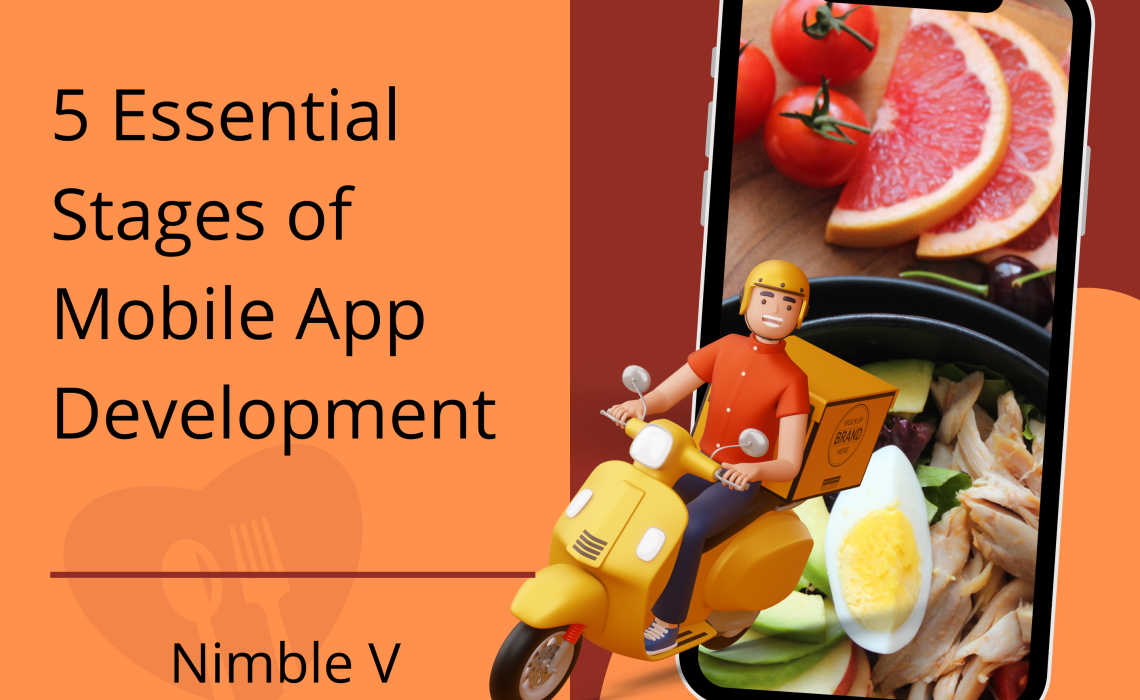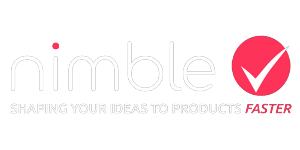5 ESSENTIAL STAGES OF MOBILE APP DEVELOPMENT

Today, making a mobile application isn’t rocket science. Nearly half (42%) of small businesses currently have a mobile app, and 30% plan to build one in the future – from point-to-point solutions to enterprise apps in various industries. Apple’s App Store has over 1.5 million apps and Google Play Store has over 2.5 million.
In this video, we would like to share our know-how to help you understand the mobile development process and its specifics.
Stage 1: Strategy
The first stage is working out everything from what the app is about and who will use it to what technologies it will be based on and how we will measure success.
Establish the mobile app’s goals and objectives
A mobile app should be based on problem-solving for the user and be handy. It’s important to ask yourself what problems you want to solve with your app and how you plan to benefit from the app
Stage 2: Design
At this stage, it’s time to build a development team that usually consists of a product owner, project manager, business analyst, 2–3 app developers per platform (Android and iOS), back-end developer, UI/UX designer, and 1-2 QA engineers. When your team is formed, you can proceed with the design.
Stage 3: Development
We believe that teamwork is the driving force behind great software development. Building a trusting relationship between the client and the team is the foundation of a successful outcome.
At Nimblev, we are using Agile methodology – breaking development up into sprints of around two weeks or month apiece, each focused on a singular functionality. This helps with flexible planning, progressive development, early deployment, and constant enhancements. At the end of each sprint, a mini-release is provided for the client’s review and testing.
Stage 4: Testing
We believe that teamwork is the driving force behind great software development. Building a trusting relationship between the client and the team is the foundation of a successful outcome.
At Nimblev, we are using Agile methodology – breaking development up into sprints of around two weeks or month apiece, each focused on a singular functionality. This helps with flexible planning, progressive development, early deployment, and constant enhancements. At the end of each sprint, a mini-release is provided for the client’s review and testing.
Stage 5: App Release and Ongoing Support
We believe that teamwork is the driving force behind great software development. Building a trusting relationship between the client and the team is the foundation of a successful outcome.
At Nimblev, we are using Agile methodology – breaking
The first release usually contains the app’s priority features and the extended functionality for the following releases.
It’s the final stage, and the app is ready for market launch, but keep in mind app stores’ particular policies for accepting and verifying mobile apps. After the app submission to the Apple App Store, it goes through a review process that may take from a few days to months depending on your app’s quality and how closely it follows Apple’s iOS development guidelines. App reviews on Google Play are different from App Store, but often your app will show up in the market a few hours after submitting.
development up into sprints of around two weeks or month apiece, each focused on a singular functionality. This helps with flexible planning, progressive development, early deployment, and constant enhancements. At the end of each sprint, a mini-release is provided for the client’s review and testing.

